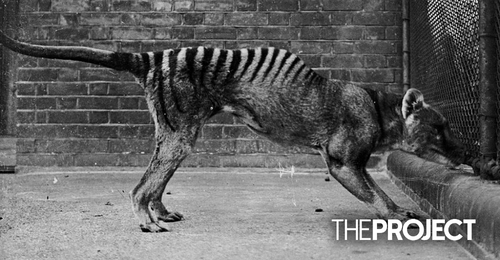The last thylacine, or Tasmanian Tiger, died at Hobart Zoo on September 7, 1936, bringing an end to her species.
The remains were transferred to the Tasmanian Museum And Art Gallery (TMAG), but what happened to them has remained a mystery.
It has been believed for nearly 90 years the remains had been lost forever, but researcher Robert Paddle and museum curator of vertebrate zoology Kathryn Medlock set out to find it.
The skin and skeleton had been in plain view this entire time.
After briefly being in a cupboard, they were moved to be put on display in the museum in the 80s.
Speaking to ABC News, Dr Medlock explained the specimen had not been catalogued correctly at the time. The skin of the specimen had been selected to tour the country as a travelling exhibit, with those involved unaware it belonged to the last of the species.
"It was chosen because it was the best skin in the collection, we didn't know then it was the last one," she said.
"This particular skin and skeleton that we've discovered has rarely been on display."
Also contributing to the confusion of the significance of the specimen at the time, it was not known the female thylacine was the last of her species in 1936.
"At that time they thought there were still animals out in the bush, in fact, I think the fauna board actually issued a permit for someone to collect one," Dr Medlock explained to ABC News.
"I know the museum offered 50 pounds for a thylacine if someone could catch one and bring one in, but no-one did," she said.
"They didn't really know it was the last one … and it is likely that there were still some in the bush at that time but as the endling, this is the last specimen."





























